Integrating Eco-Justice in Math
- jenniferloukras
- Jan 23, 2024
- 2 min read
Updated: May 31
Integrating Eco-Justice in Math Mathematics is often seen as a subject that is separate from the real world, but it doesn't have to be that way. By integrating eco-justice principles into math lessons, early childhood educators can help children develop a deeper understanding of the environment and social justice issues. Here are some practical ideas and strategies for incorporating eco-justice themes into math activities: 1. Real-life examples: Use real-life examples related to sustainability and fairness to teach math concepts. For example, when teaching fractions, use examples of food waste and discuss how we can reduce it to promote sustainability. When teaching measurement, explore the concept of fair trade and discuss the importance of paying fair wages to farmers. 2. Patterns and relationships in nature: Math is all about patterns and relationships, and nature is full of them. Take children on a nature walk and ask them to observe and document patterns they see, such as the number of petals on a flower or the shapes of leaves. Use these observations to teach concepts like symmetry, patterns, and shapes. 3. Problem-solving tasks: Engage children in problem-solving tasks that address environmental issues. For example, present them with a scenario where a local park is facing deforestation, and ask them to come up with a plan to save the trees. This not only teaches math skills like measurement and data analysis but also encourages critical thinking and problem-solving skills. 4. Data analysis: Use data related to environmental issues to teach graphing and data analysis. For example, present children with data on pollution levels in different areas of the city and ask them to create graphs to compare and analyze the data. This helps children understand the impact of human activities on the environment and encourages them to think about solutions. 5. Eco-friendly measurements: When teaching measurement, incorporate eco-friendly units of measurement. For example, instead of using paper clips or plastic cubes, use natural materials like leaves or pebbles to measure length or weight. This not only makes the learning experience more engaging but also reinforces the importance of using sustainable materials. By integrating eco-justice principles into math lessons, educators can help children develop critical thinking skills, a sense of responsibility towards the environment, and an understanding of the interconnectedness of social and environmental systems. Math becomes more than just numbers and equations; it becomes a tool for promoting environmental consciousness and social justice. So let's embrace the power of math and use it to create a more sustainable and just world.






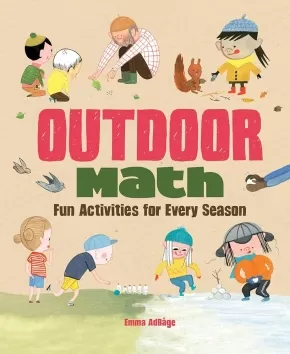
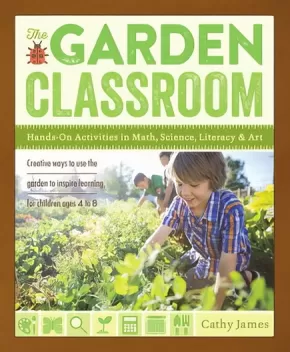

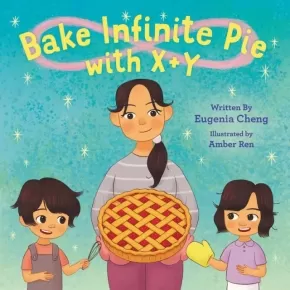










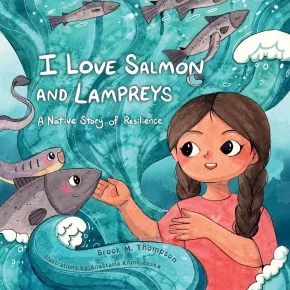


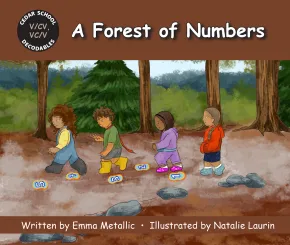
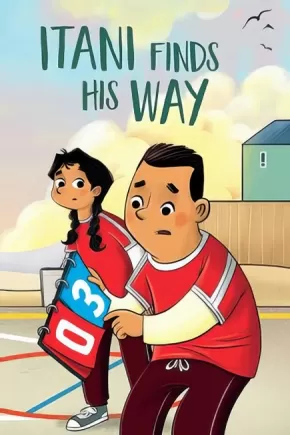
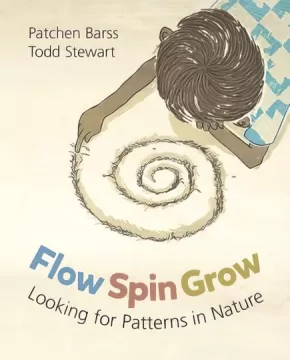



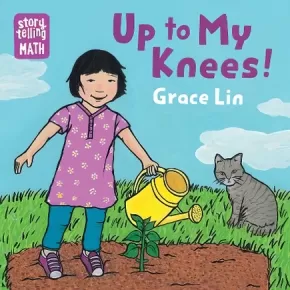
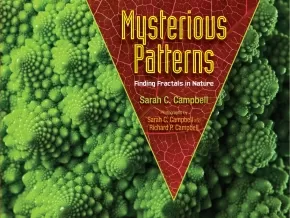



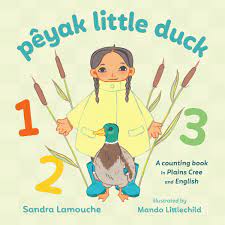



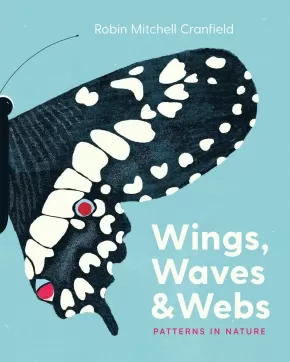


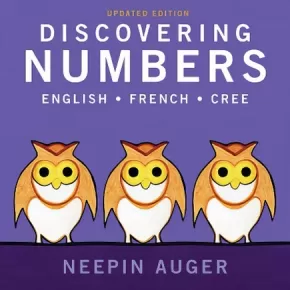




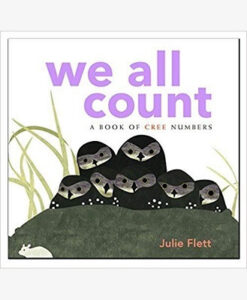

















Comments